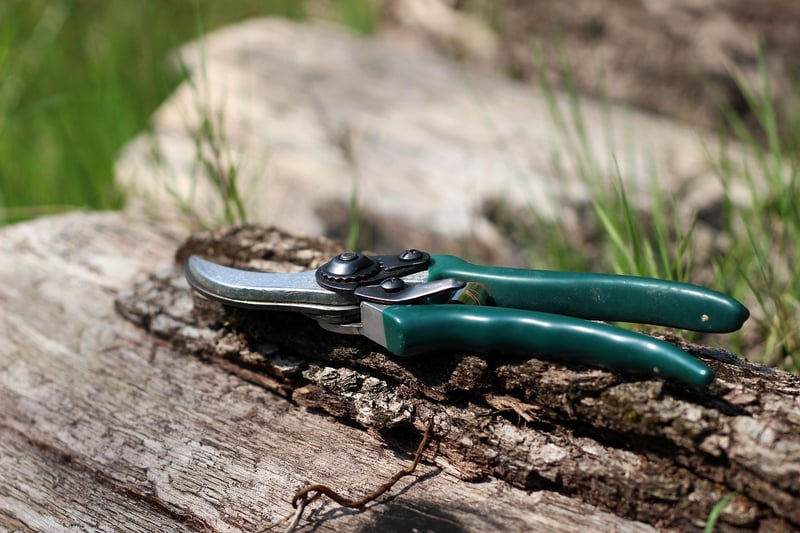Pruning Techniques
Keeping Your Garden Healthy: Essential Pruning Techniques

Having a healthy garden requires more than just watering and fertilizing. Pruning is an essential practice that promotes plant growth, controls shape and size, and enhances the overall appearance of your garden. By mastering pruning techniques, you can ensure your plants thrive and your garden remains vibrant throughout the year.
Why Pruning Matters
Pruning is the process of selectively removing specific parts of a plant, such as branches, buds, or roots. This practice is crucial for several reasons:
- Promotes plant health by eliminating diseased or damaged parts
- Stimulates new growth and improves flower and fruit production
- Shapes plants for aesthetic purposes and enhances overall garden design
- Controls size and prevents overcrowding, allowing better air circulation and sunlight exposure
Essential Pruning Techniques
Here are some key pruning techniques to help you keep your garden in top shape:
1. Deadheading
Remove spent flowers to encourage new blooms and prevent seed formation. This technique is ideal for flowering plants like roses, marigolds, and petunias.
2. Thinning
Thin out overcrowded branches to improve airflow and light penetration. This method reduces the risk of disease and promotes healthy growth.
3. Heading Back
Heading back involves cutting back the tips of branches to promote branching and denser growth. It is useful for shaping hedges and promoting bushier plants.
4. Rejuvenation Pruning
For older or overgrown plants, rejuvenation pruning involves cutting the entire plant back to stimulate new growth. This technique is often used for shrubs and trees.
Conclusion
Pruning is a fundamental aspect of garden maintenance that should not be overlooked. By incorporating these essential pruning techniques into your gardening routine, you can ensure that your plants remain healthy, vibrant, and visually appealing throughout the seasons.
Remember, proper tools, such as pruning shears and loppers, are essential for effective pruning. Take the time to learn about specific pruning needs for different plant species to achieve the best results in your garden.
